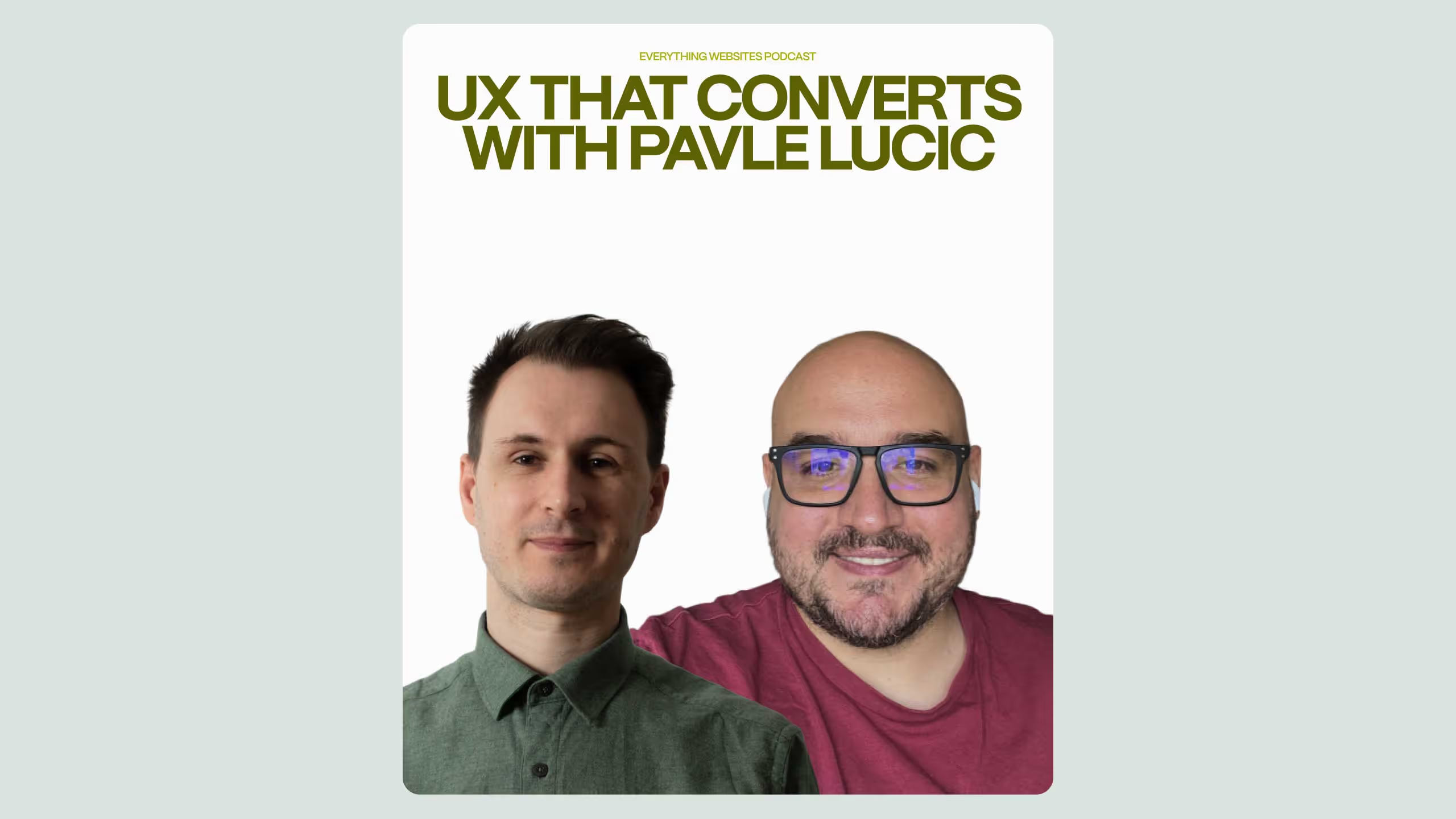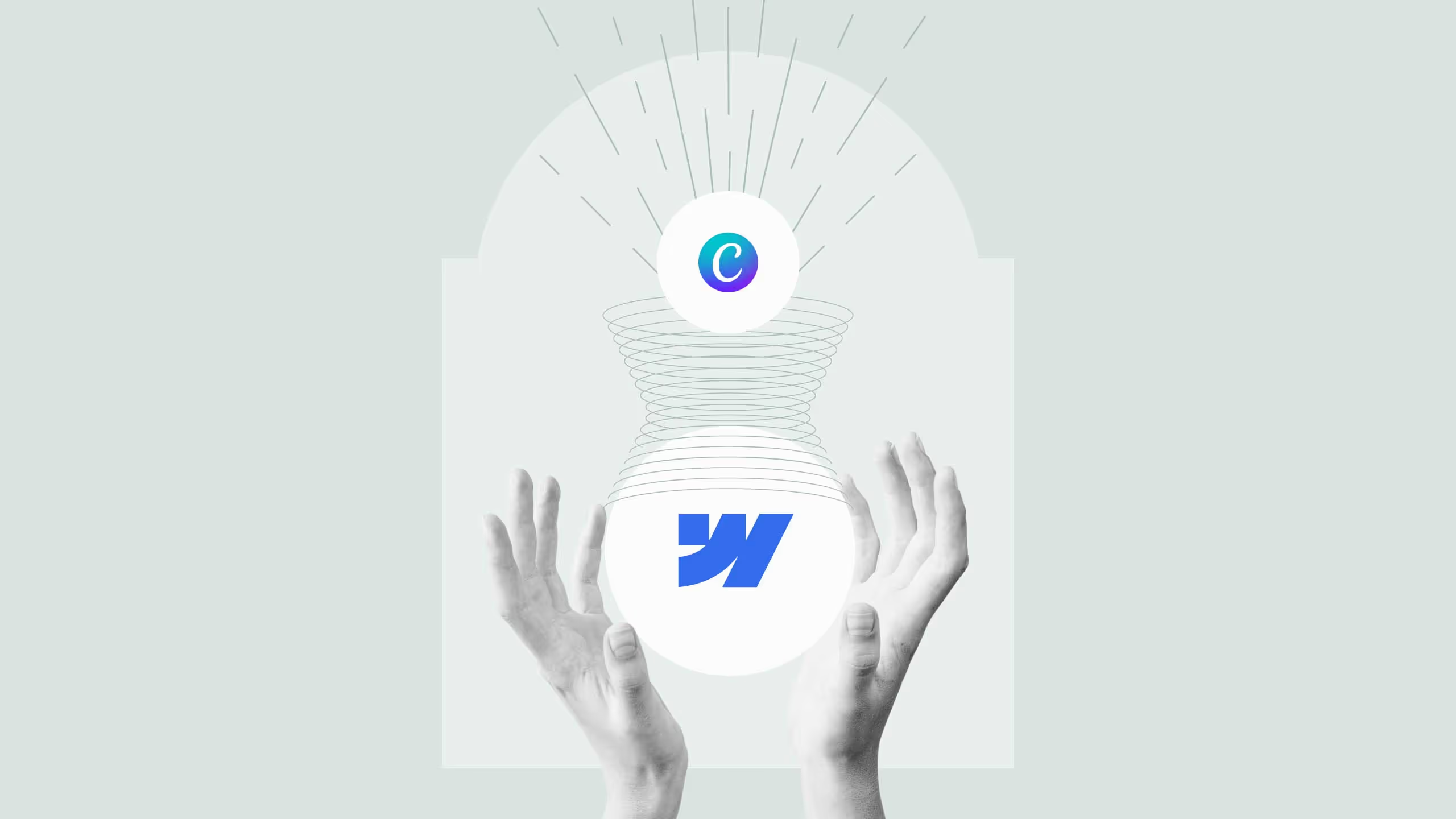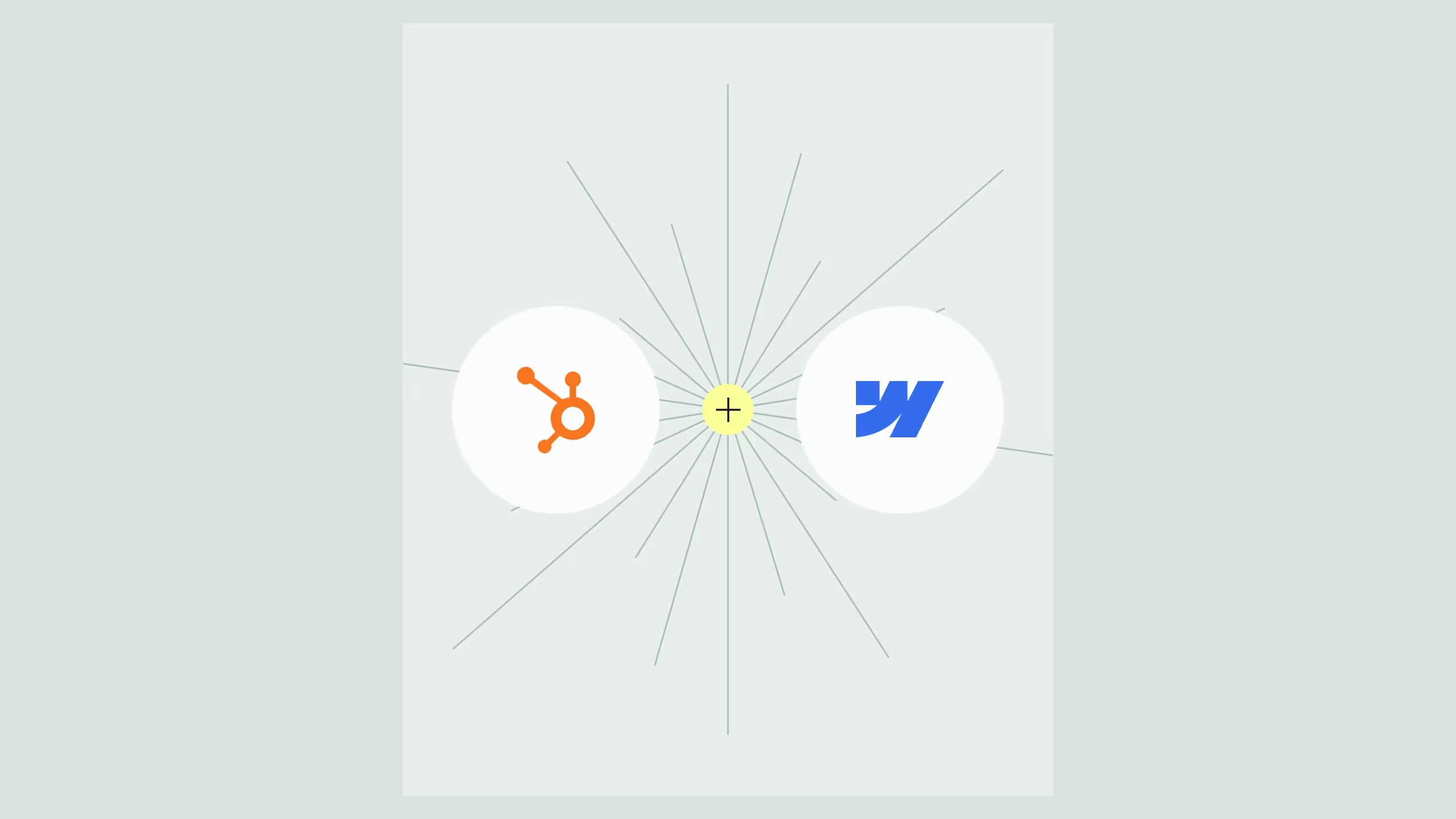UX That Converts: Designing for Business, Not Just Users

In this episode with Pavle Lucic, we explored how to turn UX from a visual craft into a measurable business engine. The takeaway is simple: Design for decisions, not decorations. Every screen should serve a KPI, eliminate friction, and help users act faster. By combining lightweight research, focused testing, and component-based workflows, teams can design interfaces that not only look good, but also convert, retain, and scale. The result? A UX process that earns revenue, not just compliments.
UX that converts: Designing for business, not just users with Pavle Lucic
Most teams say they care about user experience, but too many ship pretty interfaces that do not move revenue or retention. This article is a practical blueprint for UX That Converts: Designing for Business, Not Just Users. It distills a conversation with UX strategist Pavle Lucic into a team-ready playbook. You will learn how to connect UX to KPIs, how to run research without bloated budgets, how to avoid common conversion killers, and how to set up a design workflow that repeatedly ships measurable wins.
You will also find a responsive decision table you can paste into your CMS, a one-hour landing page plan, and internal links to services and resources so you can put UX That Converts: Designing for Business, Not Just Users into practice on your site today.
The mindset shift behind UX that actually converts
When Pavle sat next to a real user and watched them struggle with a “beautiful” interface, he had the mindset shift that powers UX That Converts: Designing for Business, Not Just Users. The questions changed from “is this elegant” to “can a first-time user complete the task fast.” The lesson is simple, and it never gets old.
- Design for decisions, not decorations. Your UI exists to help people decide and act, not to show off layers of polish.
- Business goals and user goals are not opposites. If you cannot state both in one sentence per screen, clarity is missing.
- Measure what matters. Before a single frame in Figma, agree on the KPI, the leading indicators, and the acceptable variance.
A screen without a measurable goal is a poster. You are not shipping posters, you are shipping business outcomes.
Bridging user goals and business goals
A reliable framework for UX That Converts: Designing for Business, Not Just Users starts with a workshop that answers three questions for every key screen or flow.
- What is the primary success metric for this screen, and how will we measure it?
Examples: completion rate for signup, paid conversion rate for upgrade, revenue per session for checkout, qualified demo requests for pricing. - What is the user trying to do, and what is in their way?
List the cognitive steps, unknowns, and any friction you can observe or infer. If you cannot name the obstacles, you cannot remove them. - What is the smallest change that could unlock the metric?
One headline, one CTA, one proof element, one input label, one step removed. Small changes are measurable, compoundable, and low risk.
Map business KPIs to user progress, then design only what is necessary to move that progress. That is UX That Converts: Designing for Business, Not Just Users in one sentence.
Three conversion killers you can fix this week
1) Too many choices, too little guidance
Choice overload increases cognitive load, time to decision, and error rates. Replace ten paths with one obvious path. Hide optional actions until they are needed, and remove duplicate routes to the same place. If you need a rule of thumb, one primary CTA per screen is a safe default.
2) Overdesigned surfaces, underdesigned copy
Gradient explosions do not beat clear headlines. For critical flows, write copy first. If a person cannot answer these three questions in five seconds, the screen is not done:
- What is this,
- Why should I care,
- What do I do next.
3) Invisible or delayed affordances
Actions hidden behind hover, long animations, or scrolling that looks like a dead end reduce completion. Show essential buttons in the default view, label them literally, and make the happy path obvious from first paint.
These fixes are not glamorous, but they are the backbone of UX That Converts: Designing for Business, Not Just Users.
Fast, affordable research you will actually run
You do not need a lab to learn what blocks decisions. Start with a mixed, lightweight approach that fits in one week.
- Five-person usability test, 45 minutes each. Recruit from existing customers or lookalikes. Ask them to complete the core task while thinking aloud. Watch for pauses, rereads, backtracks, and misclicks.
- One question intercept survey on a high-drop page. Ask “what nearly stopped you today” or “what is still unclear.” Keep it optional, keep it respectful.
- Session recordings on the bottleneck step. Watch ten sessions end-to-end, not snippets. List repeated sticking points.
- Analytics funnel with drop-off deltas. You do not need 50 metrics, you need one funnel with page-to-page and step-to-step falloff.
Synthesize into a short report with three themes, three blockers, and three recommended changes. Then test them. That is the operational cadence for UX That Converts: Designing for Business, Not Just Users.
Design from KPIs backward, not from UI kits forward
Before you open Figma, write a one-page KPI brief:
- Screen purpose: e.g., “turn evaluation into trial”
- Primary KPI: trial start rate
- Guardrails: form error rate under 2 percent, time to submit under 60 seconds
- Known obstacles: fear of commitment, unclear value, too many fields
- Hypothesis: reducing fields from 9 to 5 and adding social proof will increase starts by 15 percent
Only then do you sketch. Translate the hypothesis into layout choices: fewer inputs, inline validation, a proof band above the fold, a single clear CTA. This is how you connect UI to numbers in UX That Converts: Designing for Business, Not Just Users.
A one-hour landing page plan
You do not need a week to get a testable page into production. In one focused hour:
- Goal and offer, 10 minutes. One audience, one problem, one promise, one CTA.
- Outline, 10 minutes. Hero, proof band, value blocks, how it works, objection crush, CTA.
- Copy draft, 20 minutes. Headlines and CTA labels first, body copy second.
- Assemble, 15 minutes. Use your existing component library, keep variations minimal.
- QA, 5 minutes. Links, mobile, alt text, analytics events.
Publish one variant today, a second tomorrow. That is the shipping rhythm for UX That Converts: Designing for Business, Not Just Users.
Tooling that supports the process
- Analytics: any dependable analytics platform for funnels and events
- Session recording and heatmaps: to see where attention dies
- A/B testing: simple split tests for headlines, CTAs, and forms
- Research management: a place to store notes, tags, and insights
You do not need more tools, you need more focus. Choose one per category, then run the cadence.
Closing thought
If you want design to be taken seriously, do what Pavle does. Start with the business goal, state the user goal, remove the obstacles in between, and measure the outcome. That is the spine of UX That Converts: Designing for Business, Not Just Users. When you work this way for a quarter, you will not need to argue for design. You will have a trail of wins that argue for you.
.svg)
.svg)





.svg)
.svg)

